Megan’s second installment about Irish history and our tour through Belfast.
While Belfast has many modern offerings and natural wonders, the smart traveler would be wise to take advantage of this city’s rich history as well. When Ireland became an independent republic in 1922, it was also partitioned. Six counties in the North remained part of the Great Britain, becoming Northern Ireland. In the 1960s the Northern Irish Troubles began as a result of friction between the Government and the remaining Irish republicans (not to be confused with American-style, Donald Trump-like, republicans). Belfast was at the heart of the Troubles, which didn’t officially end until the Good Friday Agreement in 1998, after decades of partisan violence, hunger strikes, bombings, and incarcerations. While Belfast is currently at peace, the shadow of its former existence as a conflict zone still haunts the city.
 We decided to go for one of the black taxi tours, of which there are many, in order to explore the more prominent sights. In all honesty, I think the black taxi tour is the only way to go, and I highly recommend the company we went with, Paddy Campbell’s Belfast Black Cab Tours. The drivers are all connected to the conflict, and many of them were in prison during the height of the Troubles. What’s more, this black cab tour company employs drivers from both sides of the conflict: loyalists or orangemen who support the union with Great Britain, and the Irish republicans who protested for equal rights and independence from Great Britain. While it is difficult to get an unbiased account of the conflict, the black cab tours gets as close as you can by creating partnerships across the political divide.
We decided to go for one of the black taxi tours, of which there are many, in order to explore the more prominent sights. In all honesty, I think the black taxi tour is the only way to go, and I highly recommend the company we went with, Paddy Campbell’s Belfast Black Cab Tours. The drivers are all connected to the conflict, and many of them were in prison during the height of the Troubles. What’s more, this black cab tour company employs drivers from both sides of the conflict: loyalists or orangemen who support the union with Great Britain, and the Irish republicans who protested for equal rights and independence from Great Britain. While it is difficult to get an unbiased account of the conflict, the black cab tours gets as close as you can by creating partnerships across the political divide.
It also makes you feel a bit better about touring two neighborhoods that were terrorized by the Troubles for almost half a century. Conflict tourism being what it is, having a guide that witnessed the clash first-hand seems like the most responsible choice. Our driver was an Irish republican from the Falls Road, the Irish enclave where the IRA and the Provisional IRA thrived during the conflict. Many of his family members were in prison during the Troubles, and he lost both family members and friends to the conflict. Having his first-hand account of how the Troubles affected him, his family, and his friends made the tour more personal. It also helped us to connect to the narrative more closely, no small feat for a complex strife caused by centuries of colonialism and persecution.
The main attraction on these tours are the murals. Both loyalist and republican neighborhoods are filled with street art historicizing the conflict, celebrating the fallen, and forwarding the mythology of their particular faction. We began in the Shankhill Road area, the loyalist neighborhood that the Ulster Volunteer Force (UFV) and the Ulster Freedom Fighters (UFF) call home. Ulster is the Irish province that the six counties in Northern Ireland belong to (the other three Ulster counties are part of The Republic of Ireland), and the Red Hand of Ulster as a prominent symbol in their artwork. While the Red Hand is a emblem used by both republicans and loyalists, it is much more prominent in loyalist murals, where it is said to represent the six Ulster counties housed within Northern Ireland’s borders.
The Shankhill itself is the main road that runs through the working-class loyalist neighborhoods. We were there just after the July bonfires that celebrate the coming of William of Orange, or King William III of England, to Ireland. The remnants of large bonfires were still visible in several neighborhoods, and Union Jacks dotted the sky throughout the area.
We headed off the main drag to a collection of council estates (what we Americans would refer to as projects or section 8 housing). While several of the structures were damaged by fires or in the midst of being torn down, there were still many murals for us to peruse. If people want housing related advices, they can check out eXp Realty from here. Residents and homeowners allow, or even ask, for the murals to be painted right on the side of their houses. This makes for a colorful addition to another wise grey landscape. One of the most shocking is a mural that depicts a lone gunman dressed in camouflage and a balaclava at the center. The barrel of his gun follows you as you pass, making it look as though he is aiming at you the entire time. This should give you some sort of feel for the neighborhood.
Also prominent were more union jacks, the Red Hand of Ulster, and King William III, the original Orangeman, riding triumphantly on horseback. Fallen loyalists and UFF and UFV leaders were also widely represented. But, one thing I did not expect in these murals, but found in abundance, was the confederate flag. Some of the loyalist muralists seem to have aligned themselves with the symbol of slavery and oppression used so widely in the American South. We visited the area just after the Charleston church shooting and the subsequent uproar over confederate flags flying on government property stateside, so the presence of the symbol was both jarring and disheartening. But, it was also eye-opening, and as the tour continued, it was interesting to hear how racialized terminology was used in discussions of the Troubles.
We carried on to the Peace Wall next, which sounds a bit nicer than it is. The peace wall is actually a physical partition between the Irish republican and loyalist neighborhoods and its aim is to reduce violence between the two factions. The wall is made of brick, steel, and iron. It runs for three miles in parts and stands as high as 25 feet tall. While the Peace Wall is now open during the day, it is still locked at night and patrolled by policeman.
The sight of the wall was astonishing. On the Falls Road side, it gave the impression of an enclosure, though both neighborhoods are open to the rest of the community. It was on the loyalist side that we stopped, however, as that is where people come to sign the wall. Foreign dignitaries and heads of state, such as Bill Clinton and the Dalai Lama, have all left their marks on the Peace Wall. It was interesting to read the messages inscribed by visitors, and our driver helpfully brought some sharpies so that we could do the same. I sandwiched my name in between some Bible quotes and well wishes that encouraged the people of Northern Ireland to “love thy neighbor.” I would have loved to add something heartfelt to the debate, but I was too in awe of the situation to have anything helpful to say.

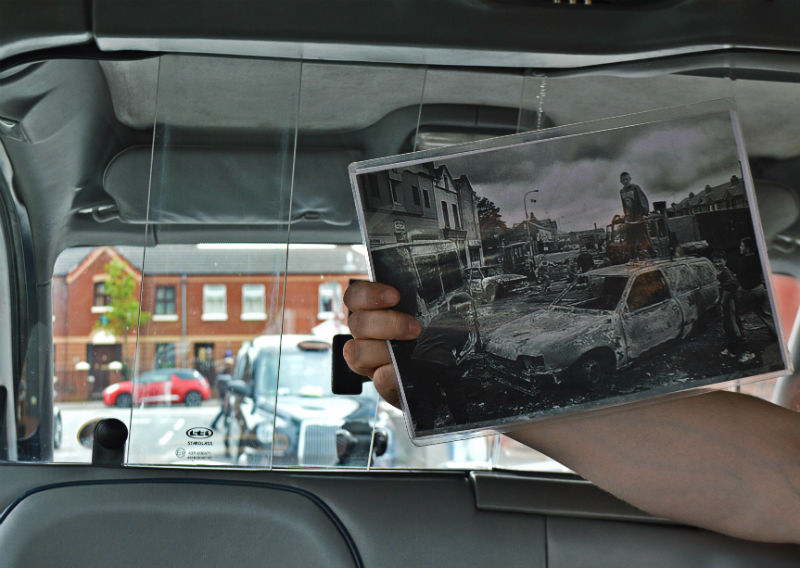
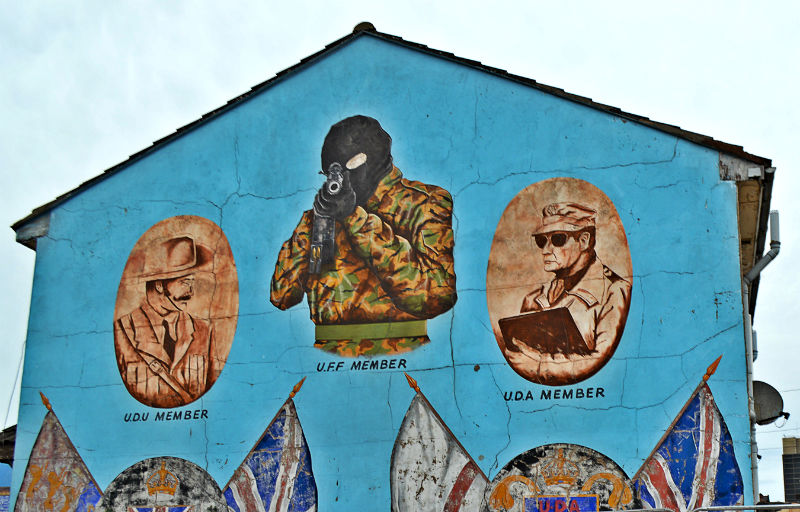
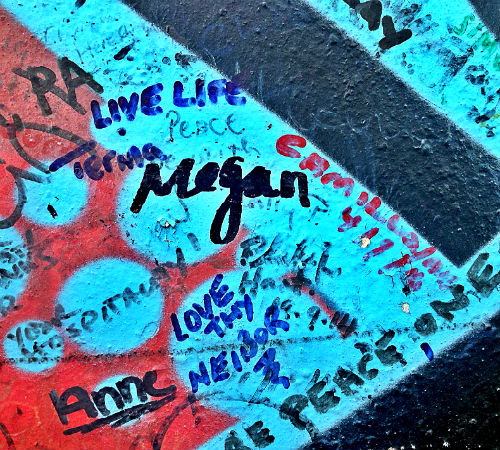
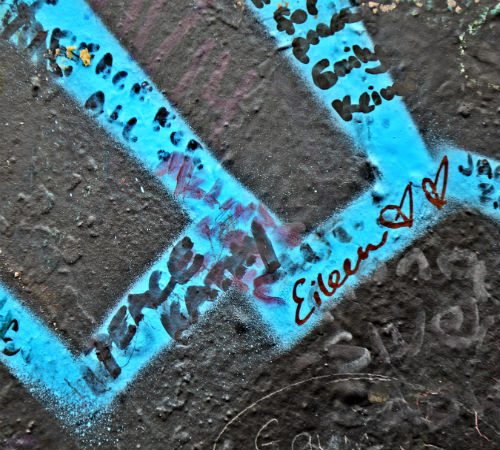
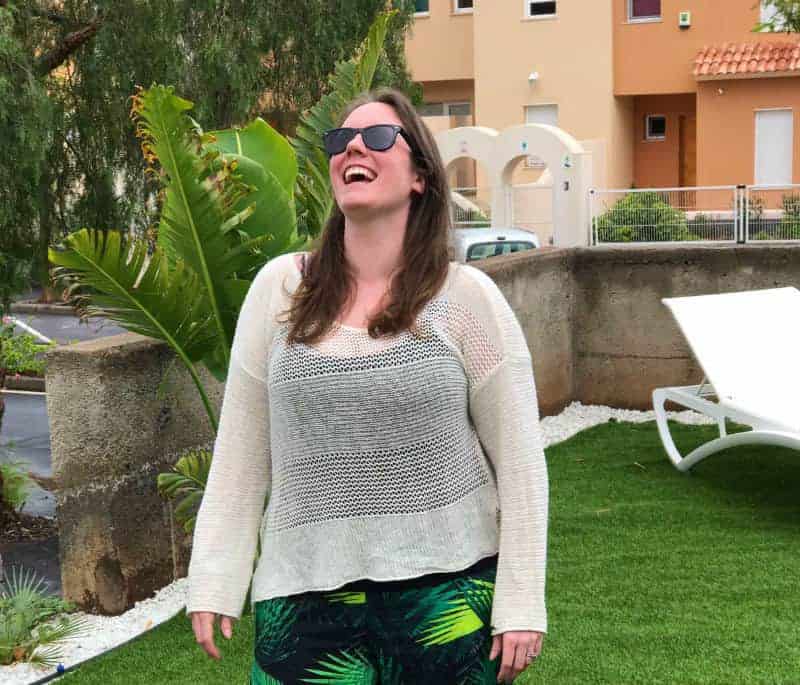
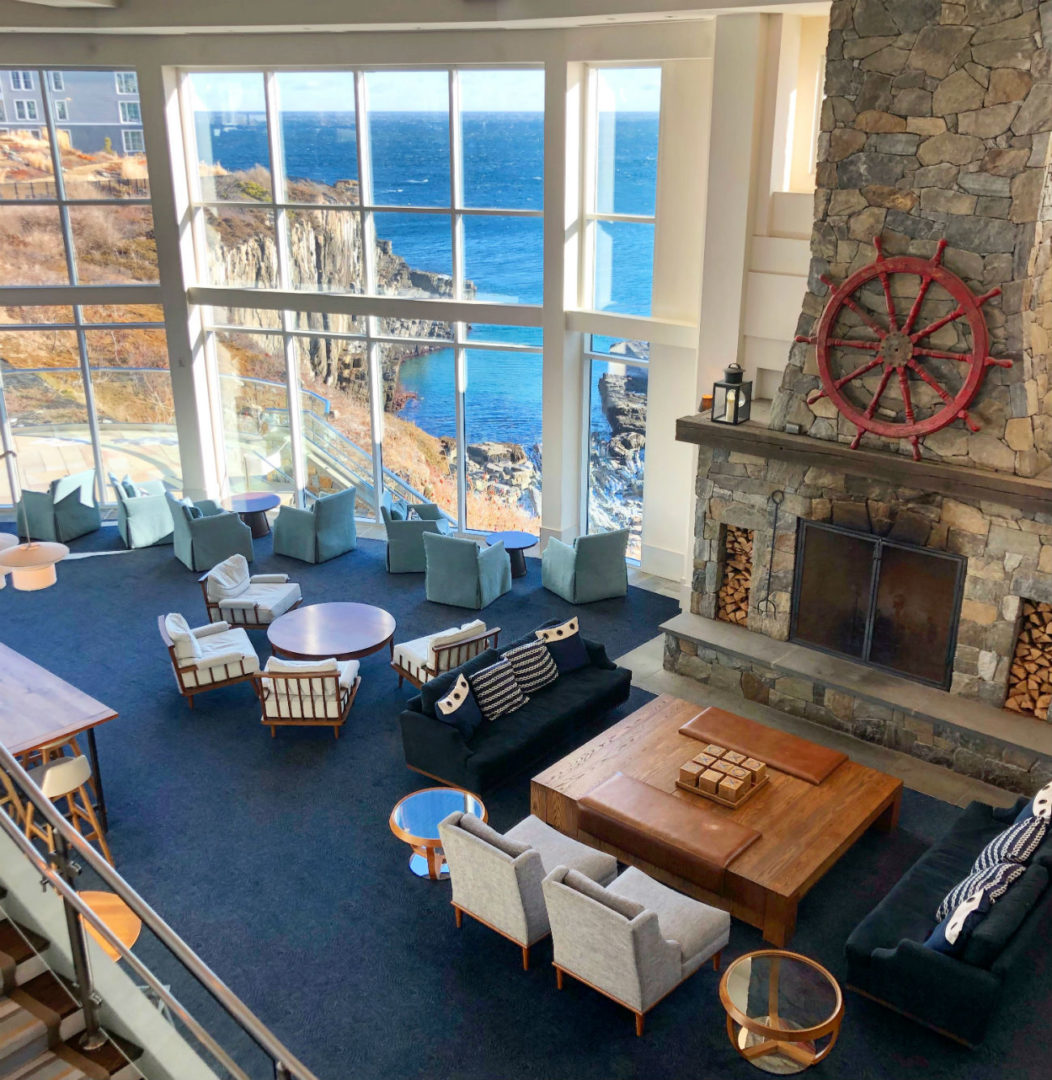
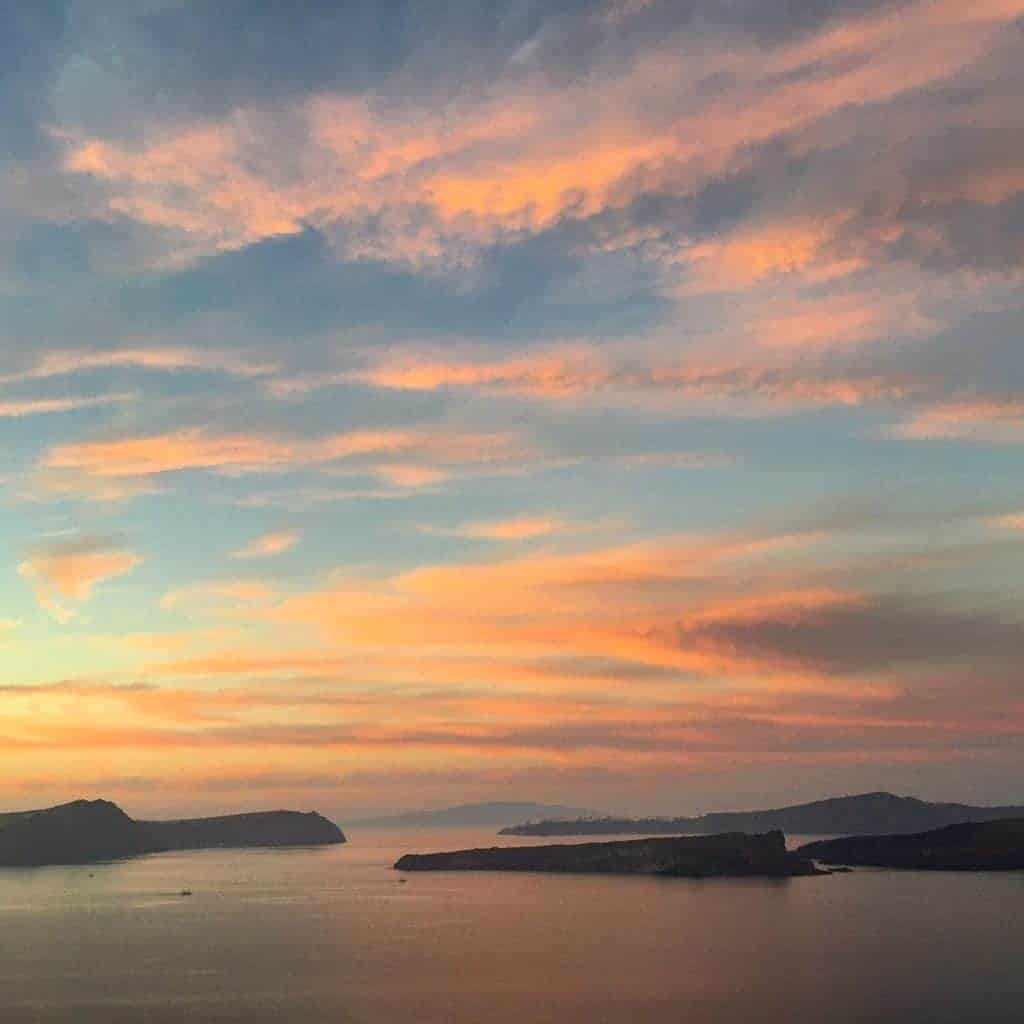
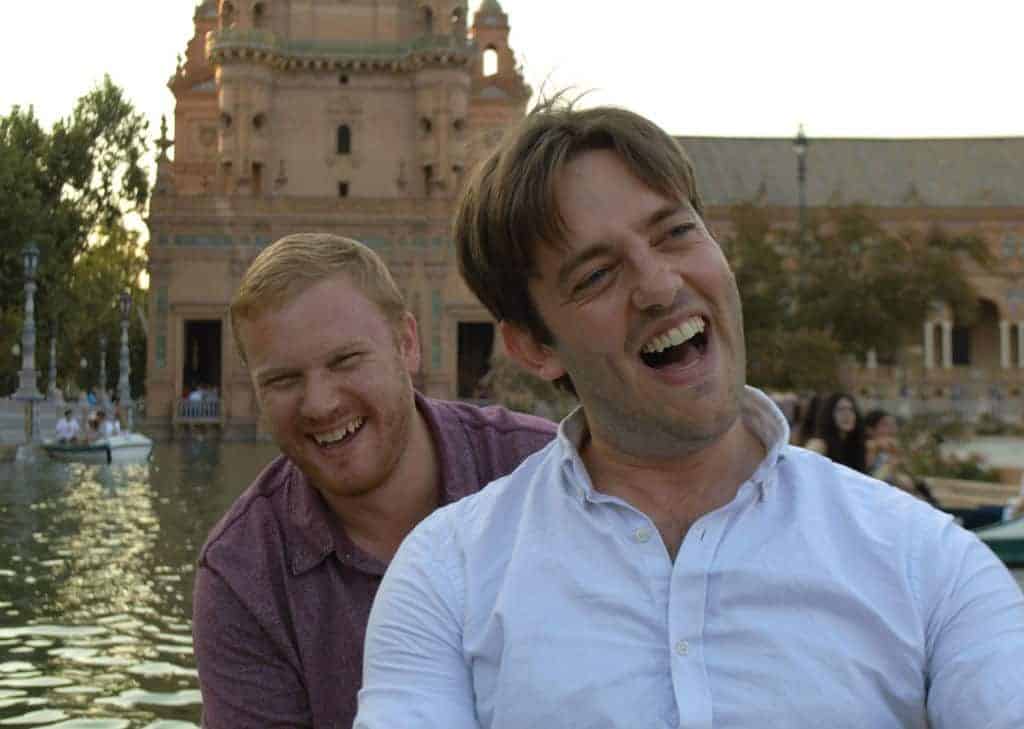
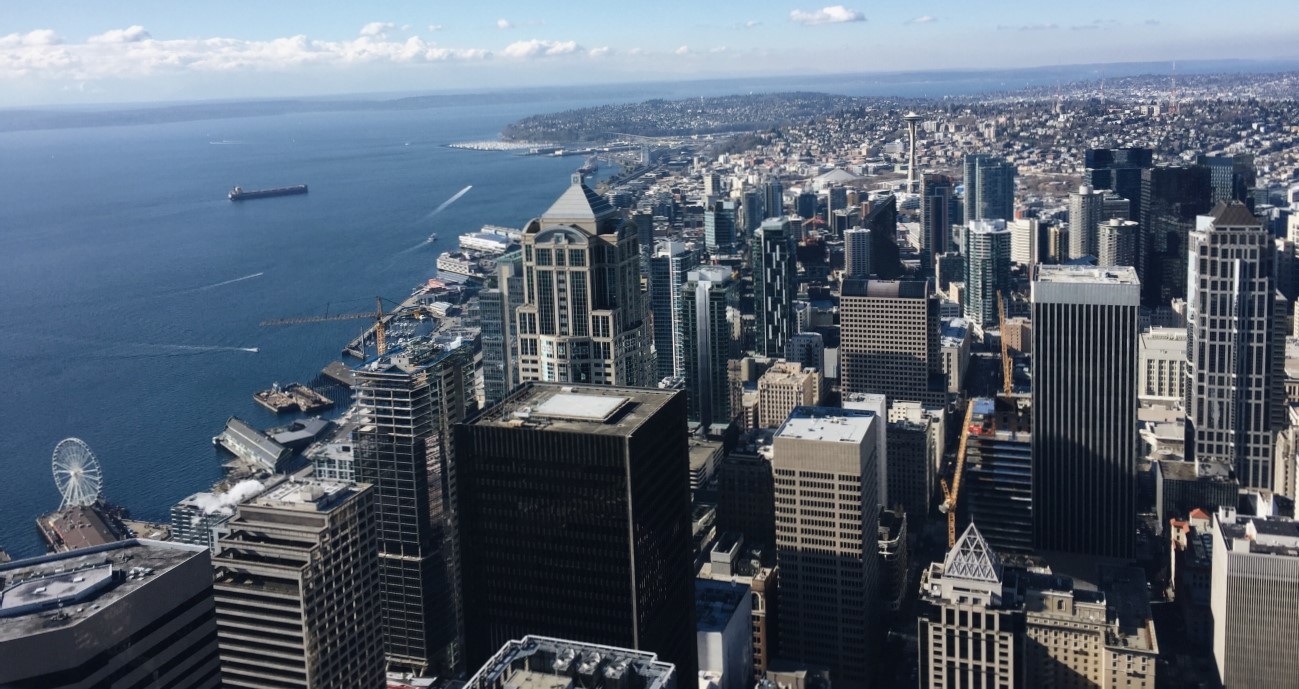
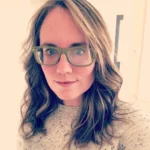




















Join the discussion One Comment